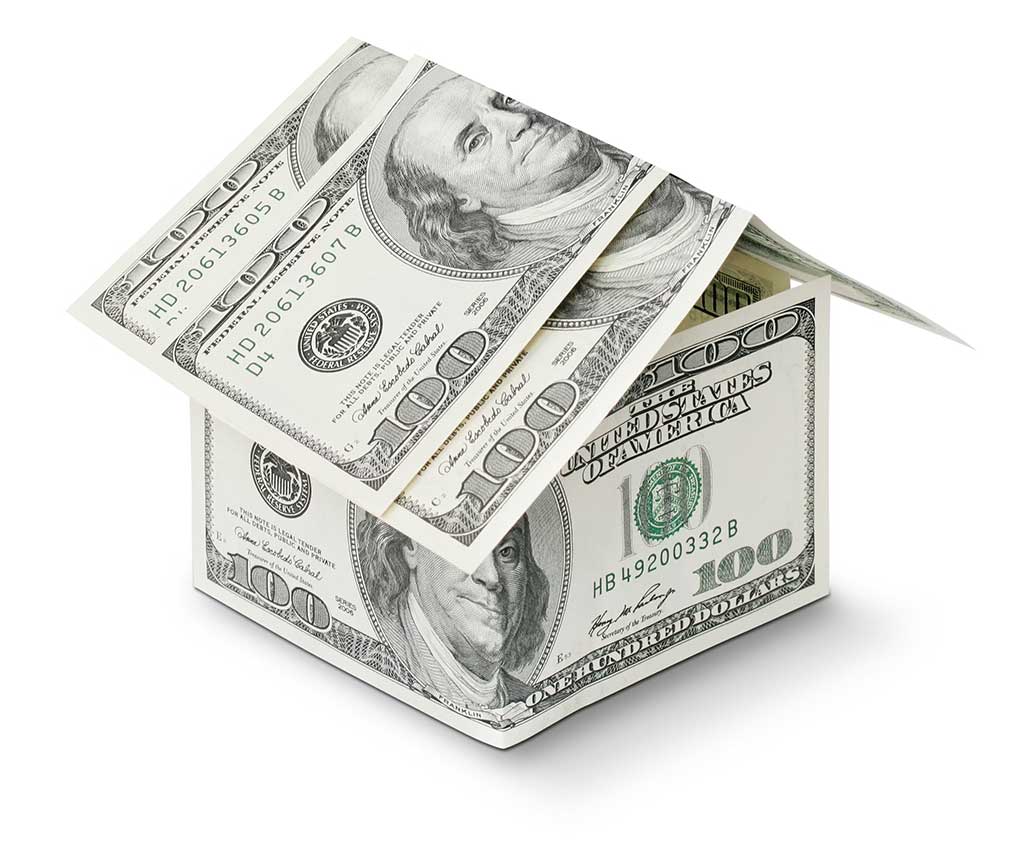Selling your home can be an emotional rollercoaster with many questions, one being whether to invest in repairs to increase its value, or whether to sell as-is and avoid further hassle and time commitment. While no single answer exists here, this decision will have significant ramifications on your wallet, timeline and stress levels. So let’s break it down so you can make an informed decision for your situation.

What’s Your Home Really Worth Right Now?
Before you jump the gun and hire contractors to renovate or repair, take time to assess what your home’s current state and its marketability are. A professional home inspection or valuation can give you insight into any major repairs or smaller fixes that could give you greater returns. Structural defects or outdated systems might make repairs non-negotiable, but cosmetic flaws like worn paint or outdated hardware may not be deal-breakers for buyers.
The Case for Repairs
Home improvements and upgrades can add appeal to potential buyers and help secure a higher selling price for your property. Strategic improvements, like upgrading appliances or refinishing hardwood floors can make an outstanding first impression and sell your house faster. Industry studies suggest that projects with high return on investment (ROI), like painting or minor kitchen remodels, could yield substantial returns. Yet it can be easy to over improve your home. Spending $50 000 on an extravagant gourmet kitchen may not make sense when similar homes in your neighborhood have recently sold for $300 000. Be mindful of your market and focus on cost-effective fixes that add measurable value.
When Selling “As-Is” Makes Sense
Sometimes selling your home “as-is” may be your best move. If your house has major issues like water damage, roof leakage, or foundation cracks that cost too much to renovate recouping from, selling as-is allows you to price realistically and attract buyers who don’t mind taking on repairs themselves. Also, skipping repairs can speed up the selling process when you want to sell my house cash. Many investors and house flippers are used to purchasing homes needing some TLC. Just set clear expectations with buyers so they know exactly what condition your house is in before purchasing.
The Middle Ground: Repair Enough to Sell
At times, finding a balance is key when selling your home. Focus on important repairs only, such as fixing leaky faucets, patching holes in walls or replacing broken windows. These minor fixes will give your home an updated appearance without breaking the bank. Conversely, by skipping major remodels and pricing your property competitively is the way to go. Cleaning carpets, decluttering closets and updating light fixtures can go far in making open houses presentable while adding curb appeal by tidying up yards or planting flowers. Even small inexpensive changes can have big effects when it comes to buyer perception.
Conclusion
Deciding whether or not to repair your home before selling is not a binary choice. It requires careful consideration of priorities, timelines, financial resources and potential upgrades before making your call. Upgrades could bring higher asking prices while selling as-is could save you hassle and attract the ideal buyer for your circumstances. There’s no one-size-fits-all answer as long as it meets your goals. Every home, market and seller is different so do your research, crunch the numbers and proceed confidently whether with a paintbrush in hand or a “For Sale” sign.





